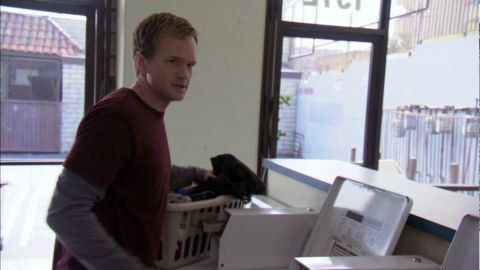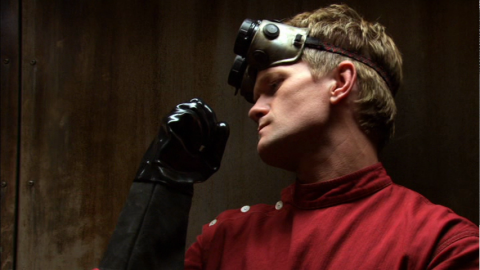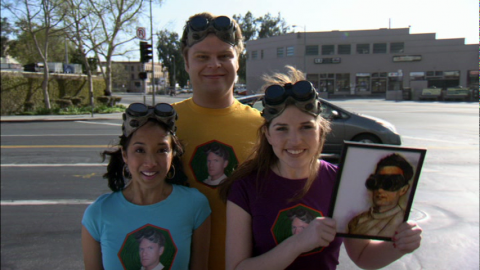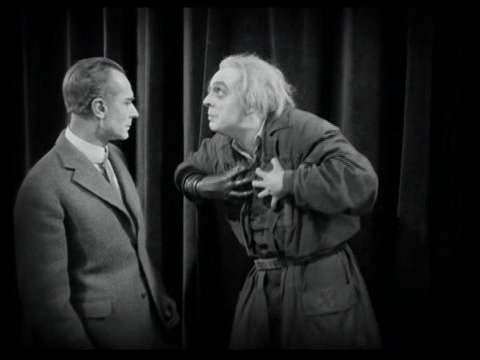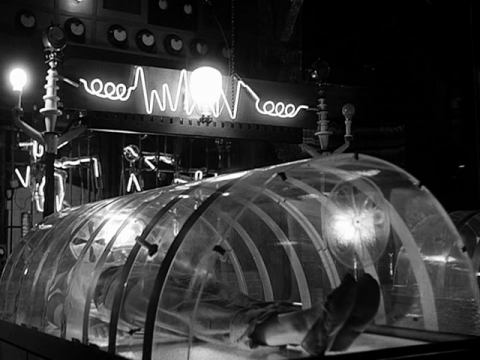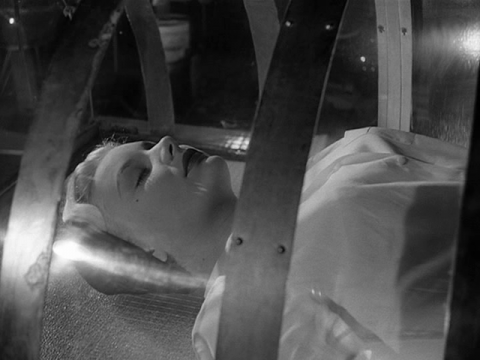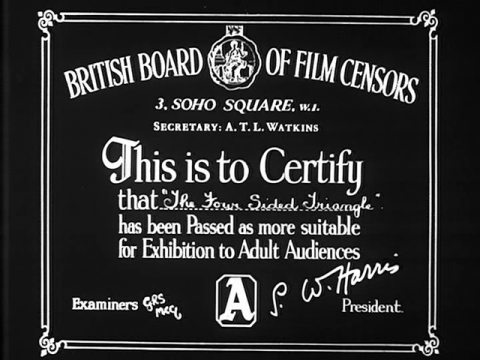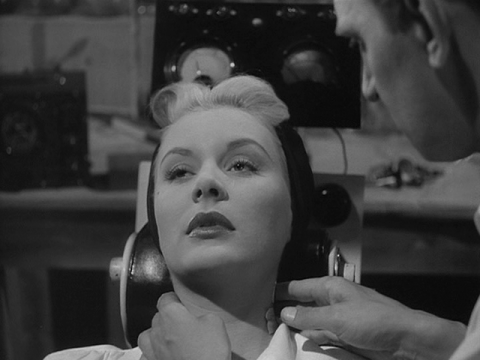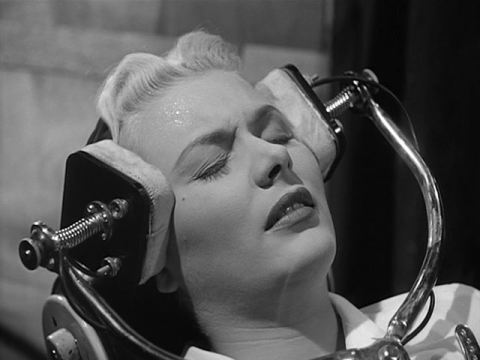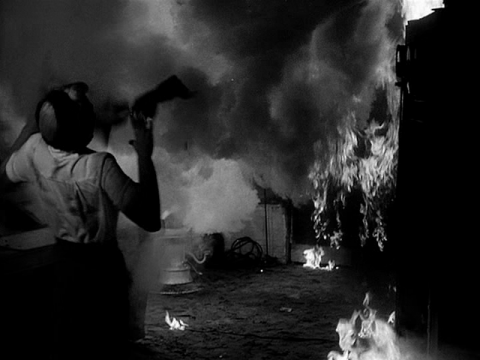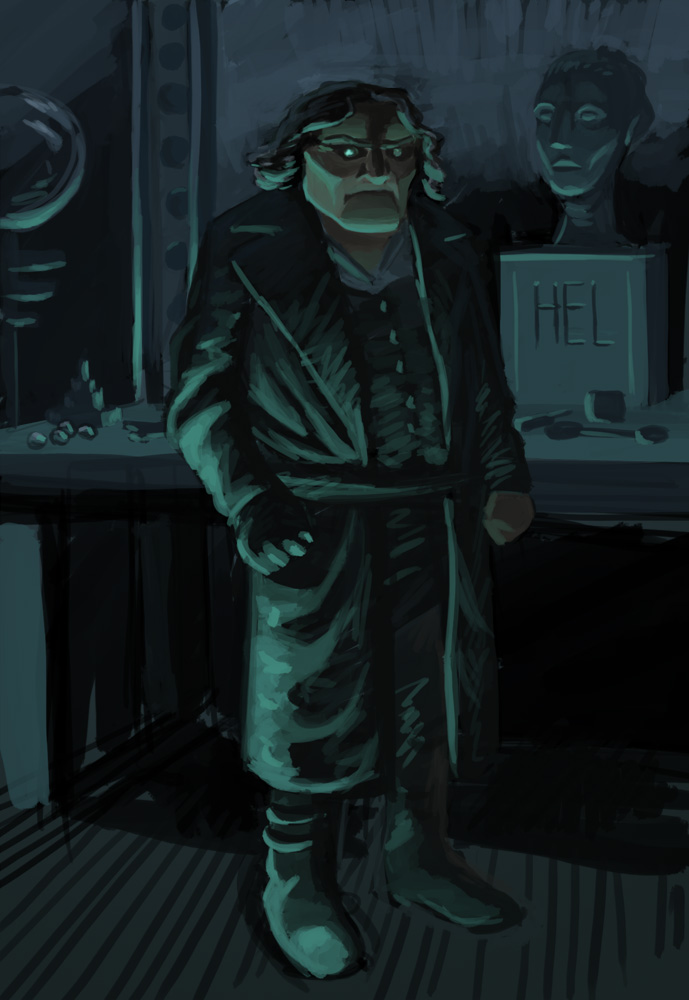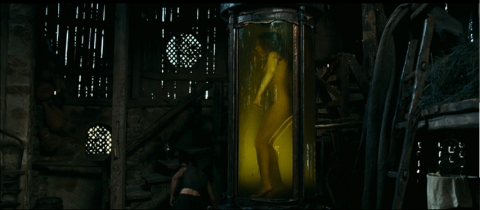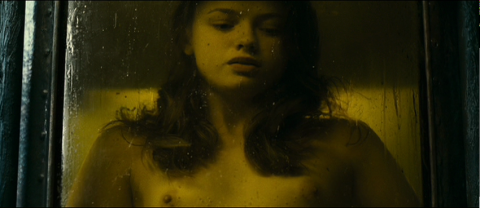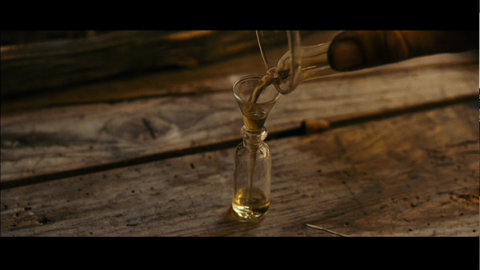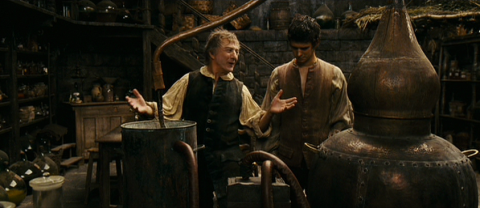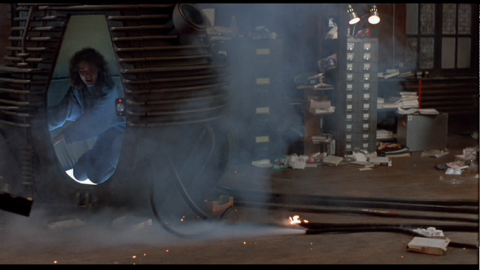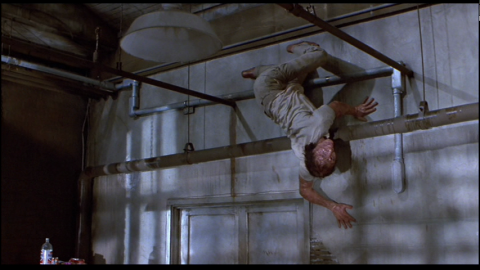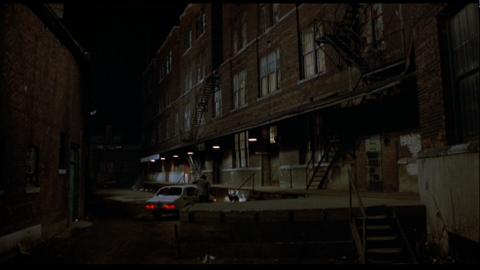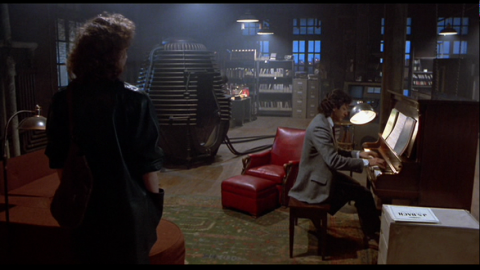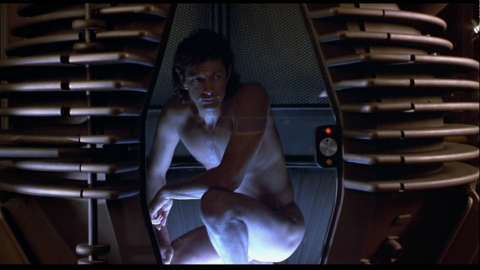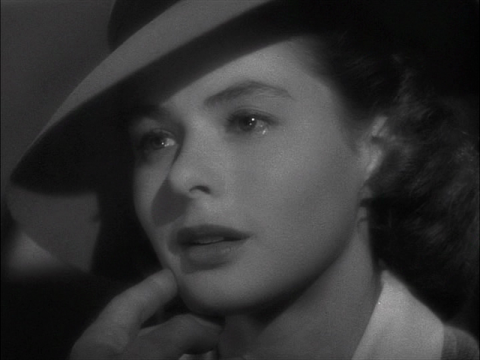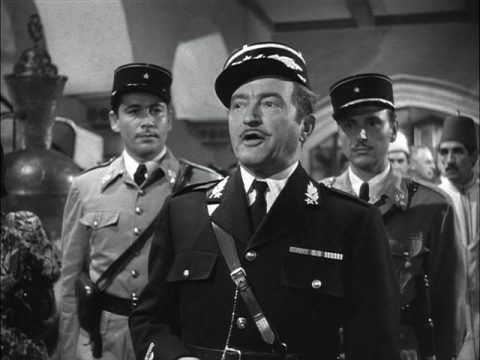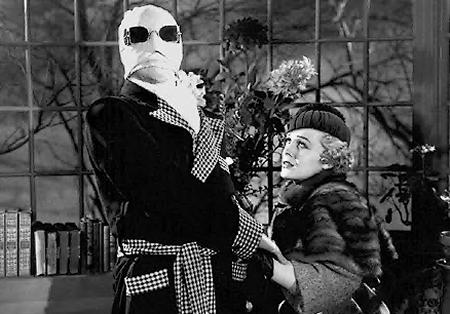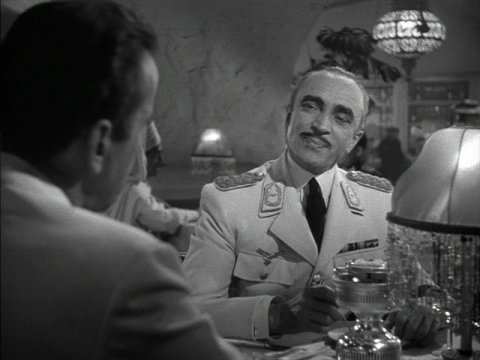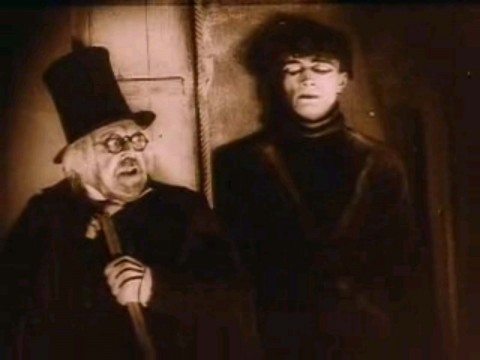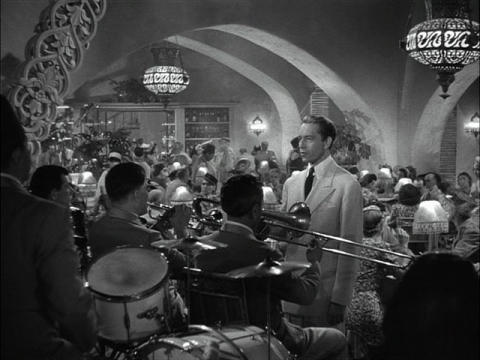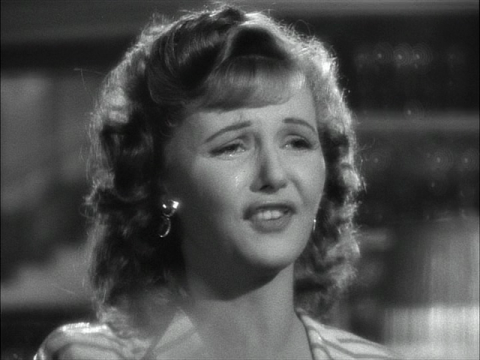It’s perhaps inevitable that I’d be posting on Joss Whedon‘s freaking awesome musical Dr. Horrible’s Sing-Along Blog, so here we go. Neil Patrick Harris plays Billy/Dr. Horrible, a mad scientist who aspires to join the Evil League of Evil. Also to work up the courage to ask out the cute girl he keeps seeing at the laundromat. He is opposed by his nemesis Captain Hammer, played by Nathan Fillion from Firefly (and who appears here to be having the time of his life hamming it up in this production).
I won’t try to summarize the story much (a detailed summary can be found here), but there’s all kinds of awesome going on, even when Neil Patrick Harris isn’t singing. On my own preferred interpretation (obviously not the only possible one) the story is a mad scientist’s Bildungsroman where Dr. Horrible goes from something like this:
To this:
Awesome. Plus he has an evil laugh, a time-freezing ray, a death ray, and a “Ph.D. in horribleness.” Since I also have a Ph.D. in horribleness (my death ray needs a little work, I’m afraid), I can kinda relate.
Now one perhaps might wonder what this musical has to do with erotic mad science in particular. (I mean, aside from the obvious fact that one of the principals here is Neil Patrick Harris, who by his very presence brings Teh Sexy.) To be sure there are some cute superhero groupies as well:
But perhaps the real erotic mad science connection comes in at a deeper thematic level, which is the mad science is motivated by erotic frustration. Dr. Horrible might be able to build a death ray, but his nice-guy alter ego Billy can barely bring himself to strike up a conversation with girl in the laundromat. And when he does, he finds out that she’s fallen for Captain Hammer, who isn’t just a nemesis: he’s also pretty much a complete jerk as well. The science nerd shoved out of the way by the jock.
We’ve seen this before a lot. Remember:
That’s from Metropolis, the ur-mad science movie. The woman represented is Hel, the love interest that Rotwang lost to wealthy industrialist Joh Frederson, a source of unending grievance for Rotwang of course.
There seem to be two cardinal mad-science motivations: Prometheanism and Woundedness. (Note that they are not exclusive: they might both be present in a single character.) The Promethean I’ll discuss in later posts. The Wounded is someone turned to mad science because of some terrible frustration or failure or lack. That lack need not necessarily have anything to do with erotic frustration or romantic failure. But it seems to turn out that way surprisingly often. And Dr. Horrible like Rotwang is a prime example thereof.
In a way Woundedness is the flip side of much of what Erotic Mad Science is about: instead mad science leading to erotic gratification, it’s about erotic frustration leading to mad science. Mad science is the revenge of the nerd or vis compensation. One either uses it to get power that gets the girls (in song Dr. Horrible fantasizes about winning his dream girl’s heart by presenting her with “the keys to a shiny new Australia”) or one simply end-runs the tedious romantic process entirely: hence all those tube girls and created women and sexy robots. Why venture into the minefield of humiliation that is human courtship when you can bypass it with your shiny jetpack or matter transporter ray?
There’s another Erotic Mad Science theme here, but it involves a spoiler, so I’ll run it beneath the fold.

